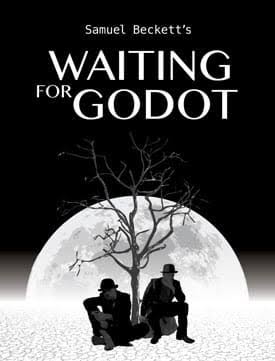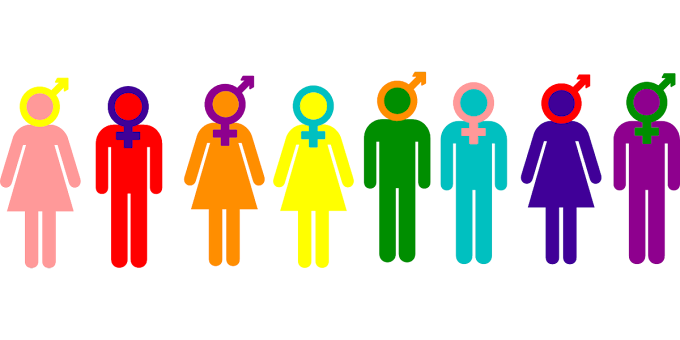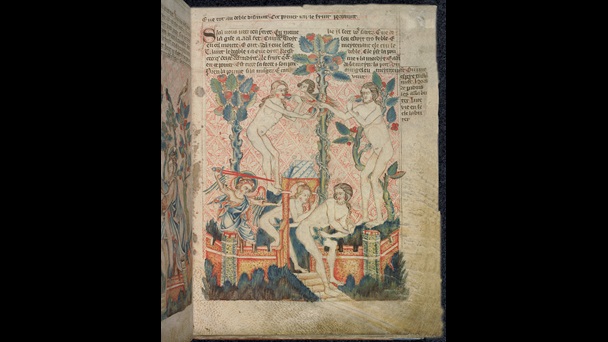Introduction
As Indians we have always been taught to be patriotic for our nation, and from childhood we grew up hearing big stories about India. But the reality is far away from this. Our mind is culturally so shaped that we can not see anything beyond 'our' religion and nation. There are innumerable examples of stories and narration which sing the glory of India, that is also true but perhaps it is only one side of the nation. We live in the country of largest democracy where the people who are in power will decide what should be said and shown to the world about our nation. We live in a country where you can not speak anything which is controversial about our nation. But literature always tries to raise voice and become the voice of voiceless people. However we live in an era of darkness where power controls everything. Hence there are texts which speak about the dark side of India. For example Q and A by Vikas Swarup, Midnight's Children by Salman Rushdie, Train to Pakistan by Khushvant Singh etc. There are innumerable examples of texts like this. And yes probably that is the real side of India. The White Tiger is one of these texts.
India is two countries in one: an India of Light, and an India of Darkness.
~Arvind Adiga (The White Tiger)
Man booker prize winner novel The White Tiger is a debut novel by an Indian English author Arvind Adiga. The novel is a deep satire on politics, education, religion, business, democracy, ideas of Gandhi and Buddha.
Representation of India
India is a land of diversity with a variety of languages, dialects, social groupings, castes and cultures. It is also the largest functioning democracy with its regular and freely contested elections. The philosophical and cultural heritage of India dates back to the Aryan civilisation, 4000 years ago, which still have its deepest imprints in the society. Every Indian has a stock of stories of myth and history imbibed onto his consciousness as his cultural heritage; a consciousness of the past which he readily abides by even in the present. The present India, adding on to its diversity, can be called as an amalgamation of two Indias, the urban and the rural. The urban cosmopolitan India is ever developing with its modern industries, national politics and foreign policies, the national media, the major universities, businesses, and scientific and technological developments. The rural, on the other hand, remains more or less unchanged, blanketed with illiteracy, unemployment, poverty and poor standards of living, but still blindfolded by the ideologies of myths and traditions.

The White Tiger and Slumdog Millionaire Movie
'The White Tiger' is another film which follows the 'Slumdog Millionaire' formula, with poor results
Just like the film says, the White Tiger is such a rare species that it is born only once in a generation. The same could be said for the book of the same name by Aravind Adiga, from which the film has been adapted. The winner of the Man Booker Prize in 2008, the book uniquely tells a rags-to-riches story, which could be considered a once in a generation idea. Unfortunately, the same cannot be said for the film. The film follows the story of a poor man, Balram Halwai (Adarsh Gourav), who starts working as a driver for a wealthy family and tells the tale of how he outsmarts them to become a successful businessman himself. The film is helmed by prominent actors Priyanka Chopra Jonas and Rajkummar Rao, with Western audiences being more familiar with the former than the latter. And although she is perfectly cast as Pinky, the wife of Balram’s ‘master’ Ashok (Rao), the decision might have been a bit more of a star endorsement than it seems, for her screen time only reaches the first half of the film, and yet, she features heavily in all the promotional material. And speaking of Western audiences, the narrative is told through Balram’s perspective, his voice guiding the chain of events as narration. However, it is jarring, as it draws the audience’s attention away from the immersive world that has been created within the small village that Balram comes from; the atmosphere of Dhanbad, and the toxic luxury of Delhi. The viewer isn’t given enough time to absorb each location before the story shifts to a different setting to tell the next act of the plot.
How far do you believe that Balram's story is the Archetype of all stories of Rags to riches?
What is Archetypal Criticism ?
Archetypal literary criticism is a type of critical theory that interprets a text by focusing on recurring myths and archetypes in the narrative, symbols, images, and character types in a literary work. It argues that archetypes determine the form and function of literary works. The meaning of a text is shaped by cultural and psychological myths. Archetypal images and story patterns encourage readers to participate ritualistically in basic beliefs, fears, and anxieties of their age. These archetypal features not only constitute the intelligibility of the text but also tap into a level of desires and anxieties of humankind.
What are 'Rags to Riches' stories?
From being poor to being wealthy, especially through one's own efforts. For example, The invention catapulted the scientist from rags to riches. Horatio Alger (1834–1899) popularized this theme in some 130 best-selling novels, in which the hero, through hard work and thrift, pulled himself out of poverty to wealth and happiness.
In real life we can find numerous examples of 'Rags to Riches' stories. As well as in literature we can also find similar stories. Here are some examples:
♧ Jane Eyre by Charlotte Bronte
♧ Oliver Twist by Charles Dickens
♧ The Gatsby by F. Scott Fitzgeralel
♧Vanity Fair - William Makepeace Thackeray
♧The Razor's Edge by W. Somerset Maugham










0 Comments